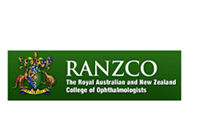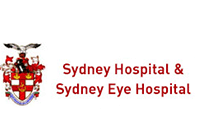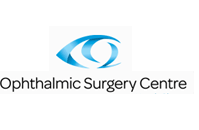Myopia (Nearsightedness)
Myopia or nearsightedness is a condition in which nearer objects can be visualized clearly but farther objects appear blurred. This occurs if the eyeball is too long and the cornea has more curvature. The light entering the eye does not focus on the retina but instead focuses the light at a point in front of the retina causing the distant objects to appear blurred.
Your doctor and optometrist will work together to diagnose and manage myopia and its associated conditions. To maximise vision, simple strategies such as corrective glasses or contact lenses are very effective. If glasses or contact lenses cannot be worn, other treatment options include:
- Laser-Assisted in-situ Keratomileusis (LASIK)
- Photorefractive Keratectomy (PRK)
- Intra-ocular lens implant
- Corneal ring implant
Myopia occurs in conjunction with a number of systemic conditions including Marfan’s syndrome, Homocystinuria, Stickler’s syndrome and Ehlers-Danlos syndrome or may be due to retinopathy of pre-maturity or advancing cataract. In addition, myopia is associated with a number of conditions that may affect the vision including retinal degeneration, choroidal neovascularization, retinal detachment and glaucoma.
In the case of retinal degeneration or tear, this can be treated with a laser aimed at strengthening weakened areas of the retina and prevent the development of a retinal detachment. Argon retinopexy (barrier laser) treatment is performed as an out-patient procedure, usually in the clinic, where laser light is focused onto the retina in the area of degeneration or retinal tear. The procedure involves dilating the pupil and instilling anaesthetic drops. A special contact lens is then placed on the eye to direct the laser beam. During the laser treatment, flashes of light are seen by the patient but no pain will be felt.
The patient can continue to perform daily routine activities apart from driving on the day of treatment. You will need someone to drive you home following the procedure.







